May 30, 2017 marked the launch of the Mombasa-Nairobi Standard Gauge Railway (the Madaraka Express) in Kenya. The Chinese government and official media have hailed the completion of the project as another success of the East Africa regional railway network, following the Addis Ababa-Djibouti Railway, which launched operation on October 5, 2016. If things proceed smoothly, the Mombasa-Nairobi line will eventually link Kenya, Tanzania, Uganda, Rwanda, Burundi, and even South Sudan and Ethiopia. Indeed, East Africa may be celebrating its new and expanding railway and associated upcoming business opportunities, but China is also a big winner.
The two railway projects have much in common. First, both are mega projects. The 300-mile long Mombasa-Nairobi line cost $3.8 billion, and the 450-mile long Addis-Djibouti line cost around $4 billion, procurement included. Second, Chinese financing played a key role in the project funding: The Mombasa-Nairobi line was funded 90 percent by a loan from the Exim Bank of China and 10 percent by the Kenyan government. In the case of the Addis-Djibouti line, 85 percent of the Ethiopia portion and 70 percent of the Djibouti portion were funded by loans from the Exim Bank of China. In addition, both projects were constructed by Chinese companies: The primary contractor of the Mombasa-Nairobi line is the China Road and Bridge Corporation (CRBC) under the China Communications Construction Corporation; the Addis-Djibouti line was constructed by the China Railway Construction Corporation (CRCC) and the China Railway Group (CRG). All three Chinese companies are mega players in China’s construction service sector.
Beyond the full chain export
The two railway projects are distinct in the history of China’s railway expansion in Africa for two reasons. First of all, they both adopt the so-called Chinese standards in their technical specifications. Unlike the narrow gauge railways that were used in the days of European colonization, the new railways built by China use standard gauge. For the convenience of connections, future railway lines connecting with the Mombasa-Nairobi line and the Addis-Djibouti line will also adopt the same standard gauge, gradually replacing the narrow gauge system that has existed. Consequently, locomotives, train carriages, and related equipment will also follow Chinese standards. This will promote the exports of products and services using Chinese standards not only across the countries and the region, but also across the full industry chain.
Both railways are examples of whole industry chain export, rather than the export of single, individual service contract under the railway project. From project designs to equipment procurement, from construction to financing, from supervision to the operation and maintenance of the railways after their completion, Chinese companies and banks monopolized the complete chain. This situation does not only offer the Chinese players a unique and exclusive opportunity to promote Chinese products, services, technologies, and management models, but also significantly expanded the scope of spinoff economic projects not indirectly related to the railway projects.
In both the Mombasa-Nairobi line and the Addis-Djibouti line, China has had its eyes and hands on the broader and deeper cooperation of a broad range of infrastructure and industrial development, including industrial parks along the railways, power generation facilities, the reconstruction of old railway stations, and tourism facilities as well as real estate development. In the Chinese view, the railway projects themselves by no means represent the full extent of China’s economic ambitions. Under the promotional effect of the railways, Chinese companies are deeply involved in the real estate development, infrastructure development, logistics, industrial parks, factory construction, designing and consultation, industry and mining, and international trade as well as hotels and tourism.
Lessons from the Tazara Railway
The two East Africa railways that China has built bring back the vivid memory of the Tanzania-Zambia (Tazara) Railway that China built in the 1970s. The largest single-item foreign aid project in the history of the People’s Republic of China, the Tazara Railway has had many problems since its completion, especially the lack of needed technical maintenance, upgrade, and ineffective operation and management. China has complained that the governments of Tanzania and Zambia only “manage” but never invest in the Tazara Railway, and the Western management system they adopted has prevented Chinese involvement in the key management issues to improve its performance. The problems caused during the operation process have been blamed on the quality of the Chinese construction, which has tarnished the image of Chinese projects in Africa.
Having learned the lessons from the Tazara Railway, China is determined to obtain the management rights for both the Mombasa-Nairobi and Addis-Djibouti lines. The Addis-Djibouti line adopts the “6+2” model, in which CRCC and CRG will operate and maintain the railway for the six years upon the launch of operation and provide two additional years of technical support during the gradual handover of management authorities. Similarly, CRBC has reached a 10-year agreement under a “5+5 model” with Kenya Railways Corporation taking over the operation and maintenance of the Mombasa-Nairobi line, including the train dispatch system, maintenance of the railways, and the locomotives. The “5+5 model” means that the Kenyan side will conduct a performance evaluation of the service by CRBC by the fifth year.
In both cases, China claims that it is training a significant number of local technical employees and providing technical transfer under the framework of capacity building.
China’s (many) economic calculations
Notably, the two East African railways represent the morphing towards a new model of Chinese financing of African infrastructure projects through commercial loans—much different than the zero interest loans used for the Tazara Railway. For the Addis-Djibouti line, 85 percent of Ethiopia’s portion and 70 percent of Djibouti’s were funded by commercial loans from the Exim Bank of China, and the Chinese contractor also owns 10 percent of the stake of the Djibouti portion. In the case of the Mombasa-Nairobi line, 42 percent ($1.6 billion) of the financing was concessional export credit, and 52 percent ($2 billion) came from proprietary trading loans, both provided by the China Exim Bank.
Besides the loans, the equally important economic benefits of the railways lie in the contracts and profits of the Chinese contractors. For the Mombasa-Nairobi line, one set of Chinese data suggest that only 40 percent of the financing was used on land reimbursement, relocation, salary for local employees, and procurement of steel and cement, while 60 percent of the financing is for the hiring of Chinese employees, sales of Chinese equipment and profits for the Chinese contractors. In the Addis-Djibouti project, CRCC claims that the project itself has promoted the export of $1 billion worth of Chinese machinery, equipment, and construction materials to the African market. That by itself constitutes 25 percent of the project’s total investment.
Who is the big winner?
Both the Mombasa-Nairobi and Addis-Djibouti railways are portrayed as “win-win” for China and the African countries. Well, it is a “win-win” for China for sure, in that China wins (in the loans) and China wins again (in the contracts). In fact, China also has a third win in the promotion of Chinese gauges, standards, other spinoff projects related to the railways as well as future railways to be built in the region. China seems to be confident that the massive loans will not generate repayment issue or cause liquidity problems in the recipient countries, according to the Chinese Ministry of Foreign Affairs. Ethiopia and Djibouti have both purchased credit guarantee insurance for their loans. The Kenyan government had had a rather optimistic estimate of a 1.5 percent contribution by the Mombasa-Nairobi line to the country’s GDP and of its ability to repay the loans in 4 years.
The benefits of the railway projects to African countries are obvious. Transportation is made easier, faster and cheaper; infrastructure is built; jobs and revenues are created; related economic projects are stimulated. All these would not have been possible without the Chinese financing and contractors. Now that the opportunities are created, the tougher job for Africa is to grow from them, manage China, and maximize their gains.
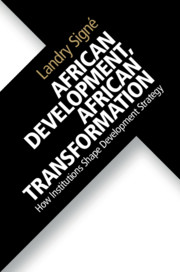
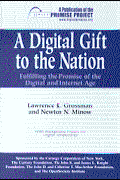
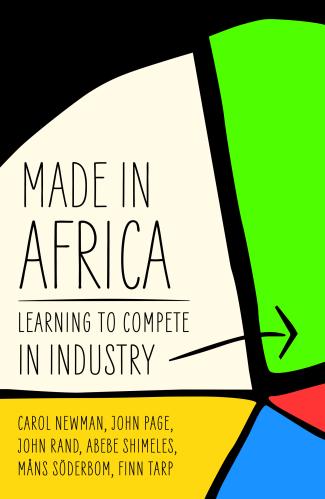
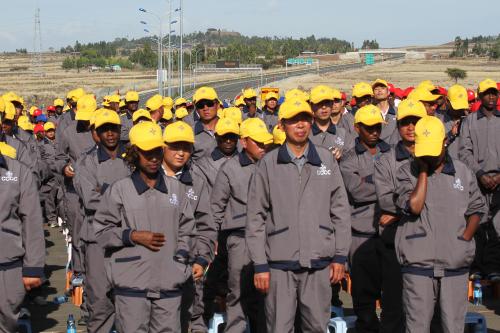
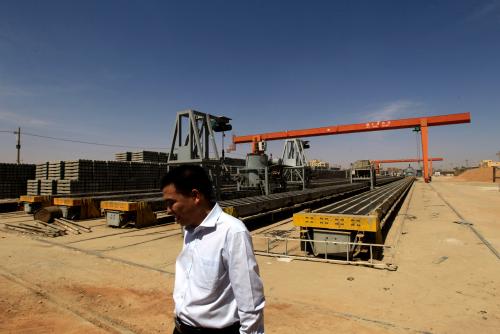
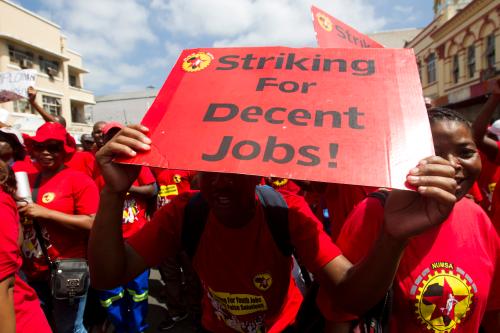




Commentary
China and the East Africa railways: Beyond full industry chain export
July 6, 2017